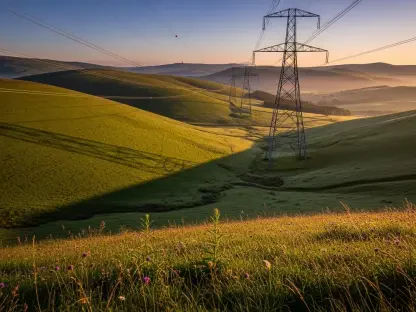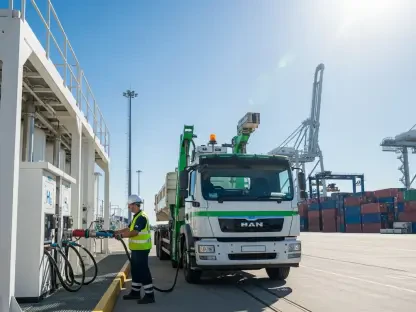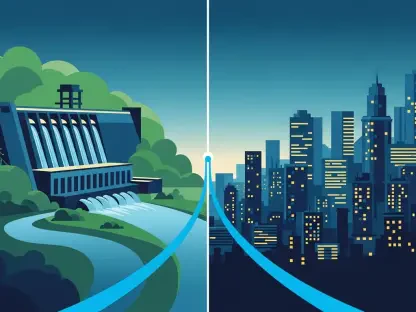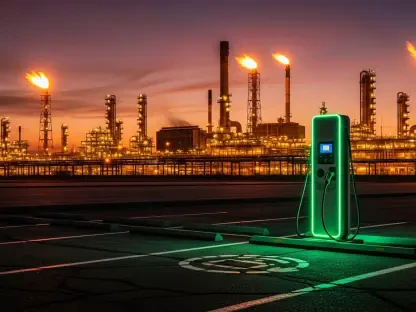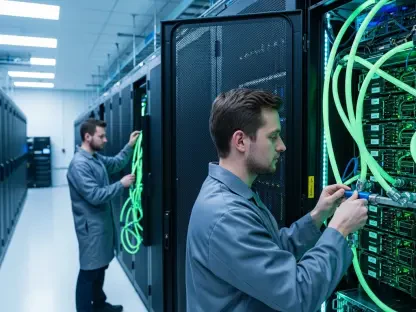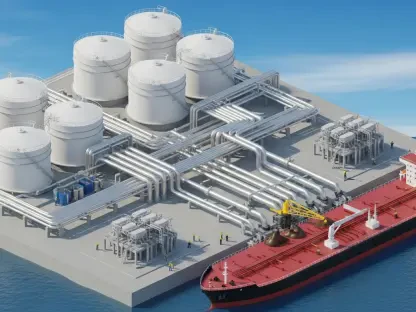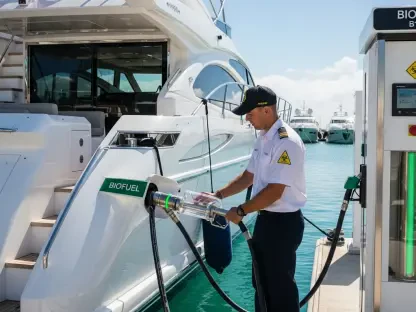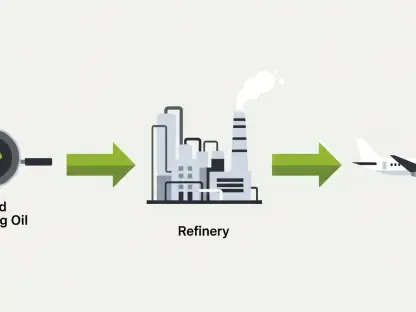In a significant move signaling a new era of energy independence, the European Union is preparing to cease reliance on Russian gas. The expiration of the gas transit agreement between Gazprom and Naftogaz on December 31, 2024, has prompted this initiative, which is all set to reshape the continent’s energy landscape. At the EU Energy Council, European Energy Commissioner Kadri Simson affirmed the sustainability of the EU’s strategy to halt the transit of Russian gas through Ukraine starting January 1, 2025. This pivotal discussion brought to light the enhanced readiness of Central and Southeastern European countries that have diversified their energy portfolios to replace the 14 billion cubic meters of Russian gas that currently flows through Ukraine.
Diversification of Energy Supply Sources
LNG Terminals and Infrastructure Advancements
European nations have tackled their energy challenges by vigorously expanding existing Liquefied Natural Gas (LNG) terminals, building new ones, and fortifying transport infrastructures. These initiatives allow for increased imports from various LNG producers, providing a reliable alternative to Russian gas. Countries have also invested in pipeline networks that now interconnect regions, enabling swift and efficient LNG distribution across the continent. This diversification is more than a technical realignment; it symbolizes a geopolitical stance against dependence on a single, politically volatile supplier. As a result, European countries are successfully mitigating the strategic risks associated with such high dependency on Russian gas.
Moreover, the expansion of LNG terminals is not limited to just increasing capacity; it also includes upgrading facilities to allow for the handling of various LNG supplies from globally diverse sources. This adaptability ensures that Europe remains resilient in the face of supply disruptions and market fluctuations. The resilience of the European infrastructure effectively counters any leverage Russia may have held previously, fostering a new sense of energy security within the EU. Simultaneously, these efforts align with the EU’s broader goals of achieving net-zero emissions by transitioning towards more sustainable and varied energy sources.
New Supply Routes and Political Ramifications
The establishment of new supply routes for LNG and pipeline imports is reshaping Europe’s energy paradigm. The EU has sealed agreements with alternative gas suppliers, including countries in the Middle East, the United States, and Africa, thus enhancing the security and reliability of its energy imports. These strategic alliances play a crucial role in balancing geopolitical influences and fostering mutual economic growth. Furthermore, European nations have fortified their energy policies by incorporating comprehensive risk assessments and contingency plans, ensuring uninterrupted energy supply in volatile geopolitical climates.
However, the decision to continue importing Russian gas remains predominantly political rather than a necessity. Commissioner Simson has cautioned that choosing to maintain ties with Russian gas imports carries substantial risks, particularly given the ongoing human rights concerns and geopolitical tensions in Ukraine. The EU’s choice to pivot away from Russian energy sources, despite the potential for political fallout, underscores a commitment to energy sovereignty and ethical responsibility. This stance is expected to inspire other regions and countries to evaluate and potentially reconfigure their energy dependencies, promoting global energy diversification and security.
Broad Support for Eastern Neighborhood Partners
Financial and Technical Aid to Ukraine and Moldova
The EU’s strategy extends beyond mere energy independence; it encompasses robust support mechanisms for Ukraine and Moldova. Financial endorsements and substantial grants are being channeled to Ukraine, focusing on sectors such as digital security and economic integration within the Single Market. Additionally, the EU has provisioned Ukrainian police forces with the necessary equipment to manage post-traumatic stress disorder crises—a crucial component in maintaining domestic stability amid ongoing tensions. This multifaceted support not only fortifies Ukraine’s economic and social frameworks but also paves the way for deeper integration and cooperation within the European sphere.
Moreover, these initiatives are significantly backed by Russian assets, providing a financial buffer that facilitates sustained support. The EU’s commitment to Ukraine’s digital security involves enhancing cybersecurity measures, protecting critical infrastructure, and boosting the capacities of Ukrainian enterprises to withstand cyber threats. This holistic approach to aid underscores the EU’s dedication to safeguarding its Eastern Neighborhood partners and ensuring their resilience in the face of multifaceted challenges. The focus on digital and economic fortification reflects a forward-thinking strategy that addresses both immediate needs and long-term stability.
Measures Against Destabilizing Entities
In Moldova, the EU has implemented stringent measures against individuals and entities responsible for destabilizing activities. This initiative aims to curtail any external influence that may hinder Moldova’s progress toward stability and democratic governance. By targeting these disruptive elements, the EU reinforces its commitment to preserving peace and security in the region. These measures are complemented by broader efforts to support Moldova’s economic development and integration into the European market, thereby fostering a stable and prosperous Eastern Neighborhood.
The EU’s multi-dimensional approach ensures a robust response to the complex issues facing its Eastern partners. By combining financial aid, technical support, and targeted sanctions, the EU provides a comprehensive framework for stability and growth. This strategy highlights the EU’s role as a proactive and supportive neighbor, dedicated to fostering regional resilience and prosperity. The intricate balance of punitive measures and supportive initiatives reflects a nuanced understanding of the geopolitical landscape, ensuring that the EU’s actions are both effective and equitable.
Conclusion
In a monumental shift towards energy independence, the European Union is gearing up to end its reliance on Russian gas. This move is spurred by the upcoming expiration of the gas transit agreement between Gazprom and Naftogaz on December 31, 2024, a deadline set to transform the energy framework of the continent. Speaking at the EU Energy Council, European Energy Commissioner Kadri Simson emphasized the sustainability of the EU’s plan to stop the transit of Russian gas through Ukraine, effective January 1, 2025. The discussion highlighted the increased preparedness of Central and Southeastern European nations, which have diversified their energy sources to replace the 14 billion cubic meters of Russian gas currently flowing through Ukraine. These nations have undertaken comprehensive measures to ensure energy security, including the development of renewable energy infrastructure and the establishment of alternative supply routes. This strategic pivot underscores the EU’s commitment to reducing its dependence on Russian energy and enhancing its overall energy resilience.


